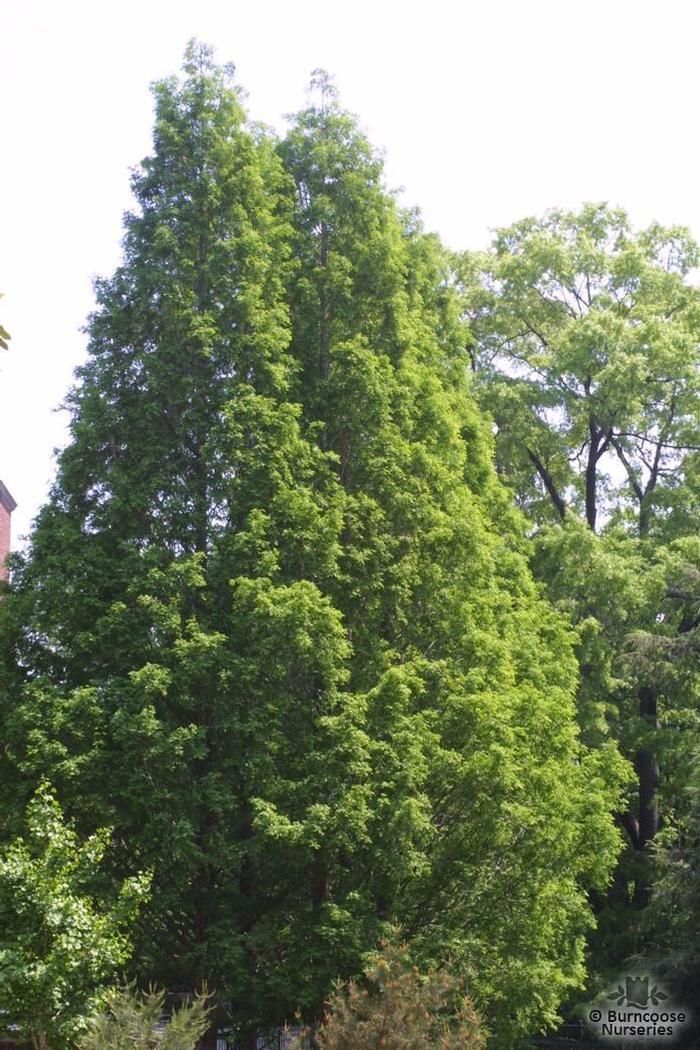

These plants can be pruned into globes, spirals, or formal hedges, but before you pull out your hedge trimmers, read our pruning page for the best way to create artistic conifer shapes.Ĭonifers add seasonal interest and a unique structural element to landscapes, container gardens, and even specialty plantings like fairy gardens and railroad displays.īrowse our pages on unique cultivars to add specimen plants to your landscape, and visit our planting, pruning, and site requirement pages to learn more about how to care for conifers. Some conifers, like yews and junipers, respond well to shaping. This will encourage dense foliage and keep the mature size in check. The most common and helpful type of pruning is candling, or removing the first few inches of new growth in the spring. Most conifers perform just fine with no pruning, except to remove dead or diseased wood. Pruning can be as relaxed or involved as you want. Fill in the hole and gently tamp down the soil.įor best results, plant the conifers in early spring or in the last few weeks of fall. If the plant is balled & burlapped, cut away the wire at the top and pull back the top of the fabric (to remove or not remove the burlap? We answer that question on our planting page). In Western Europe, Metasequoia glyptostroboides Waasland with root balls can generally be planted from mid-November to late April, although this depends strongly on the climatic conditions and the species of tree. Dig a hole twice the size of the root ball, and gently pull the plant out of the container. The right time to plant Metasequoia glyptostroboides Waasland is during the dormancy period. Plant conifers the same way you plant other landscape plants. The only condition conifers cannot tolerate is wet, soggy soil (except for the bald cypress). However, many species that can tolerate poor soils, high pH, salt, drought, and wind.
#Metasequoia glyptostroboides cone full#
Most conifers prefer full sun and rich, acidic, well-drained soil. Sequoias rely on fire to release most seeds from their cones, to expose bare mineral soil in which seedlings can take root, to recycle nutrients into the soil, and to. Certified rare conifer nurseries provide hundreds of cultivars and varieties with variegated foliage, unique branching habits, and distinct cone colors. Metasequoia has experienced morphological stasis for the past 65 million years: the modern Metasequoia glyptostroboides appears identical to its late Cretaceous ancestors. On the new family Metasequoiaceae and on Metasequoia glyptostroboides, a living species of the genus Metasequoia found in Szechuan and Hupeh. Tree leaf identification shows that this plant is a Dawn Redwood. Research unique and rare cultivars of the common species in your area. Picture of Dawn Redwood tree foliage, leaves and cones (Metasequoia glyptostroboides) species. Before you purchase conifers for your lawn or landscape, examine the surrounding area for conifers that are already thriving in your climate and soil. Conifers are a low-maintenance addition to landscapes and container gardens.


 0 kommentar(er)
0 kommentar(er)
